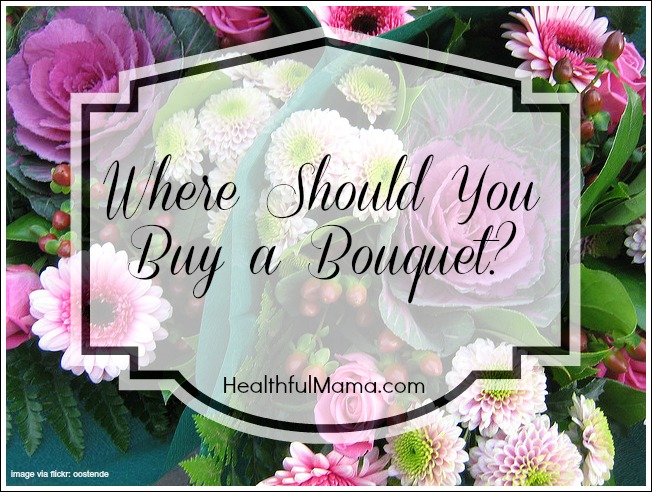
It is no secret that the floral bouquets reign queen as a top gift for women in the United States. According to AboutFlowers.com, the floral industry generated 34.5 billion in sales in 2012. Seventy-one percent of blooms are imported. Before sending a bouquet to someone in your life, it’s important to take a closer look at where flowers originate, how they are processed and shipped, and what is done to these glorious buds before becoming the coveted arrangements meant to bedeck a loved one’s abode.
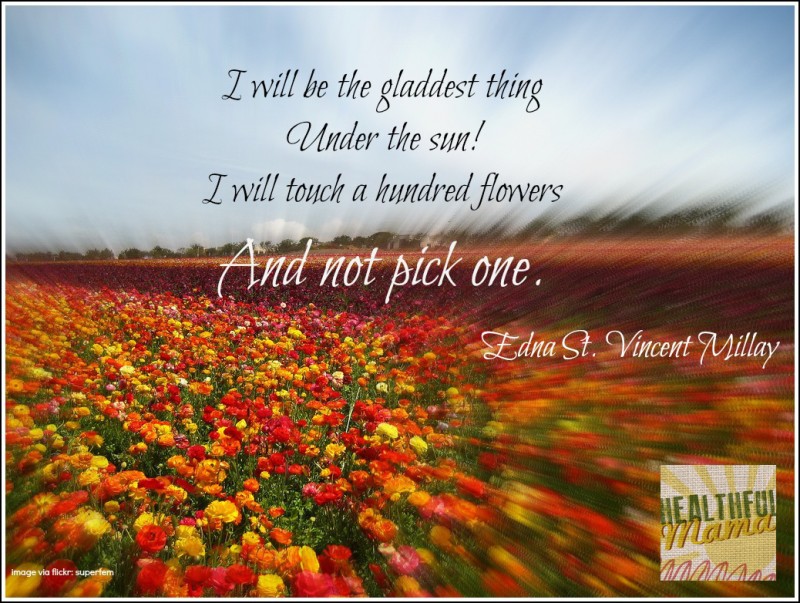
As with many U.S. industries, the floral industry has moved outside of American borders. While some blooms originate in California, the majority of flowers for use in arrangements and bouquets are grown in South American countries (namely, Ecuador and Colombia) and China. Most floral bouquets bought in grocery stores are grown, cut, assembled, and packaged before being shipped, ready-to-sell, to the distributor. When one takes into account the engineering that takes place to produce uniform blooms, the massive amounts of workers required to cut and assemble the flowers, the packaging requirements of handling such delicate imports, which must be kept cold, and the fossil fuels needed for powering the vehicles which bring our blooms to us, a simple bouquet of flowers no longer seems refreshing and quaint.
And there’s more to this flowering story. As LocalHarvest.org, an online search engine which connects readers to local goods, points out, “flowers grown abroad often use pesticides that have been banned in the U.S.–or use pesticides in quantities far exceeding U.S. regulations, and without any sort of protection for the workers exposed to them.” Reports in several well-known publications, including Audubon Magazine and, more recently, The Smithsonian Magazine, have revealed the use of harmful pesticides which are negatively impacting not only workers’ health, but the health of the surrounding land and animals.
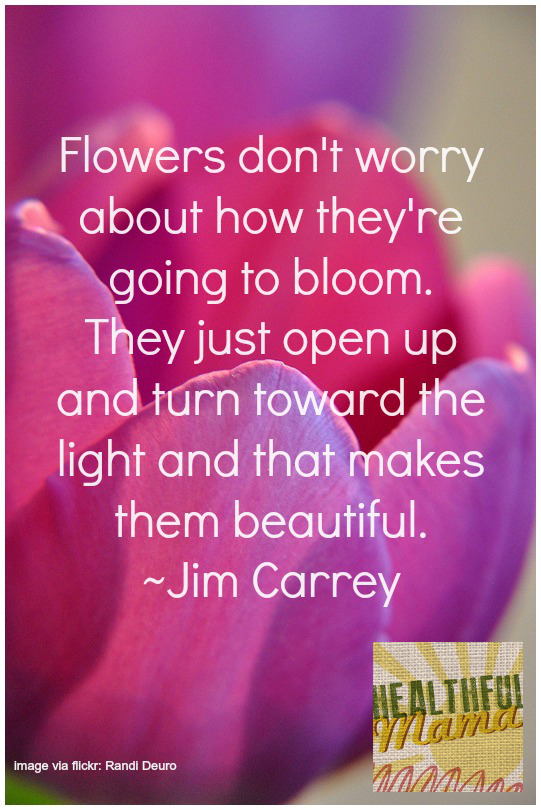
The chemical party doesn’t end with the grower. Not only are the blooms which adorn bouquets steeped in pesticides, they are most often treated with chemical agents to extend the life and look of the flower. Common floral design treatments include foliage treatments to make leaves shine, flower treatments meant to preserve petal color and integrity, and, worst yet, artificial fragrance. An inspection of the Material Safety Data Sheet on any of these solvents reveals skin, eye, and inhalation risks in addition to warnings about overexposure causing nausea, headache, and vomiting (1). While no studies exist in which florists’ health has been studied over time, one can conclude that these toxic chemicals could certainly lead to an occupational hazard. These treated arrangements are entering the homes of the chemically-sensitive, of children and pets, where a seemingly innocuous amount of chemicals could prove to be a health hazard for them, as well.
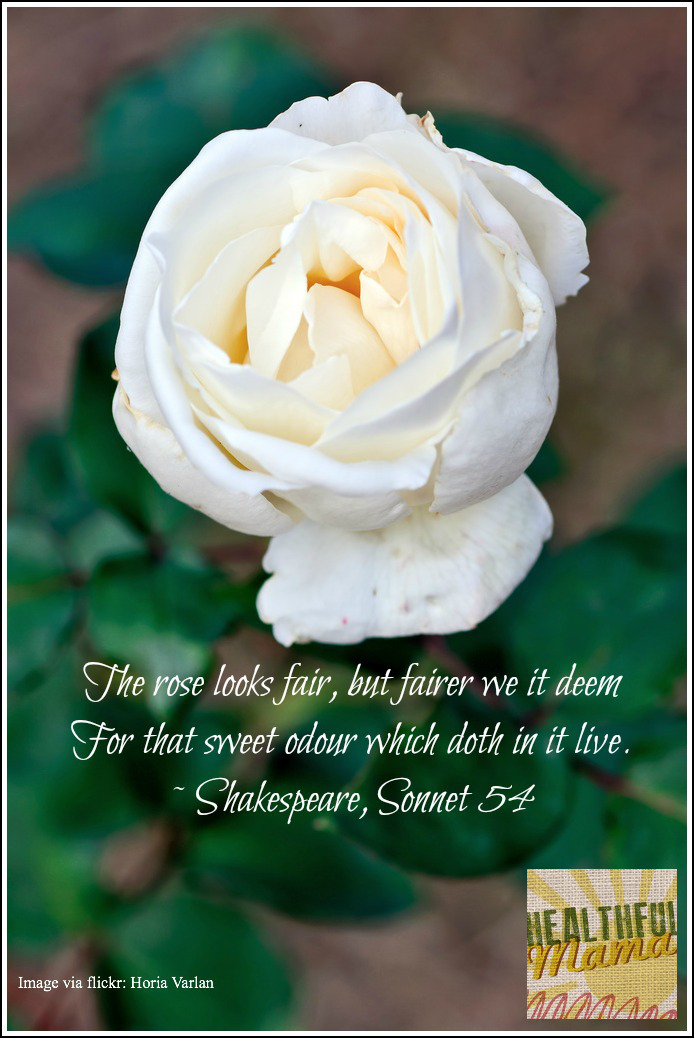
The best bouquet of flowers is most likely one you can find from a local grower.
If you prefer the convenience of a traditional floral service, you may want to consider the organic, Fair-trade, “Eco-Elegant” flowers from Organic Bouquet
Affiliate links appear in this post. The few cents I may make from your purchase help to fund this blog. Thank you!
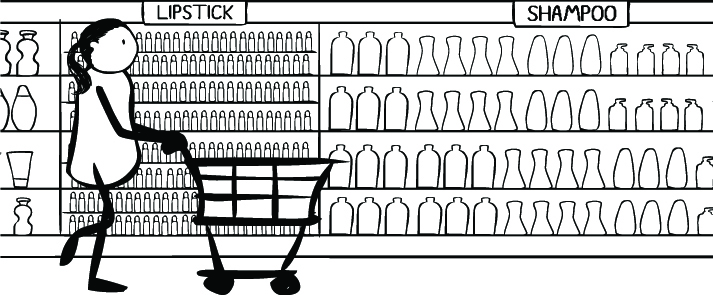


Love organic bouquet. I interviewed the CEO here:http://www.green-talk.com/2013/02/13/sustainability-in-the-flower-industry-blooms-through-organic-bouquet/
Once you listen to this interview, you will never buy ordinary flowers again.
great post. we interviewed Marc Kessler from California Organic this week – some great reasons to know where your flowers come from and how they were grown!